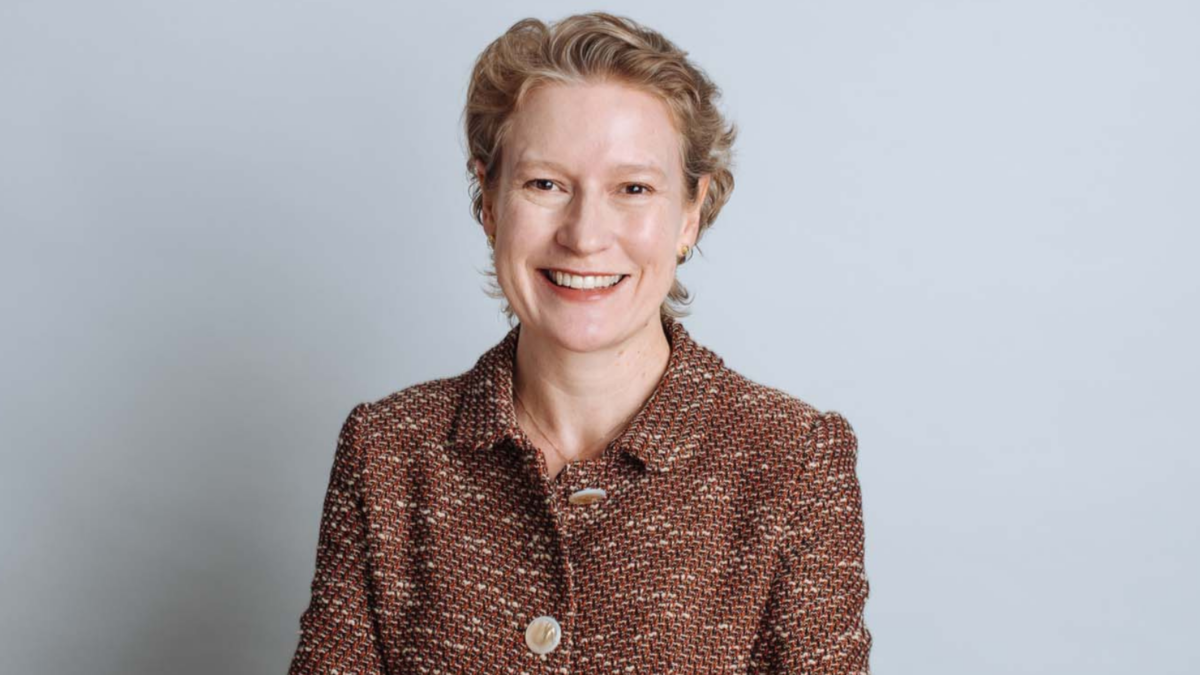Spread is your value factor
Low interest rates justify high equity PE’s, and that is particularly so for long duration, high growth equities. So goes the story. It’s worked in recent years and therefore the evidence is there to support the pattern.
A simpler argument is that low rates push investors into asset classes that can provide relatively higher returns, while the combination of de-equitisation (buybacks and lower number of listings) makes listed equity a scarce resource. Add in a crumbling set of unattractive industries and it is no wonder any decent company is on a high multiple.
Empirical data implies that based on the US market since 1970, 5% nominal 10 year bond yields are associated with the highest equity valuations. As with all simple relationships, the caution is that this included the tech boom and some years post the financial crisis of 2008 when markets bounced before earnings recovered, showing up as big PE’s.
If these data points are excluded, the broadly based linear relationship between 10-year yields and equity prices is evident and today’s 20X trailing earnings for the S&P along with bond yield of 70bp is unremarkable.
Treasury or any bond yield is a one-dimensional view on equity valuation. In a world where bond yields are now entirely beholden to central banks, they provide limited guidance on the nature of economic risk. What they do, is indicate the probability of low economic growth, which has been somewhat missing in the presumptions on equity earnings forecasts.
Low yields are also now also associated with persistently low inflation. The ongoing debate on the potential for rising prices based on monetary easing, changing supply chains and regulation is one aspect but it is less likely to emerge from higher demand.
Pricing power is at the heart of the corporate sector. No longer is it only the headline price of the product of service. It is also the price for information, prevalent within the internet and social media companies that monetise consumer data.
Inflation and the corporate sector are bifurcating to where the CPI has less relevance to equities, while it still has a hold on fixed income markets.
Credit spreads may be a better indicator of equity risk, and therefore premiums. Further, they can be segmented into industries or risk segments to allow judgement in related categories.
It is no surprise that risky industries have wide spreads while the other end of the spectrum speaks to the resilient nature of these corporations and their balance sheet. Low spreads should imply high PE premiums given credit has judged the corporation sound and with promising prospective growth. Wide spreads naturally imply the opposite.
The integrated nature of the balance sheet between equity and credit belies the presumption that there should be such a strict designation between equity and fixed income in asset allocation.
It is possible equity can coalesce behind the growth factor and value become a fixed income asset class, where the payoff for taking on risky debt if conditions to change is likely to be similar or more than equity. The evidence lies in 2009. The S&P500 rose by 26%, yet high yield and bank loans provided returns of 58% and 51% respectively. The challenge for value equity managers is likely to get even harder.










